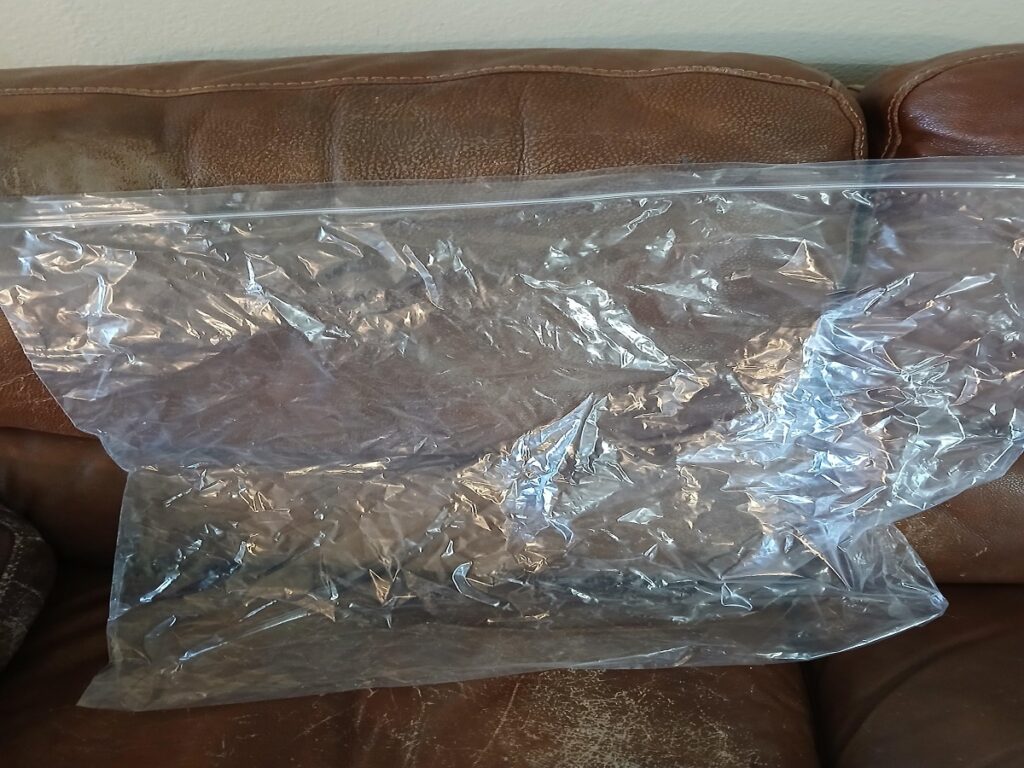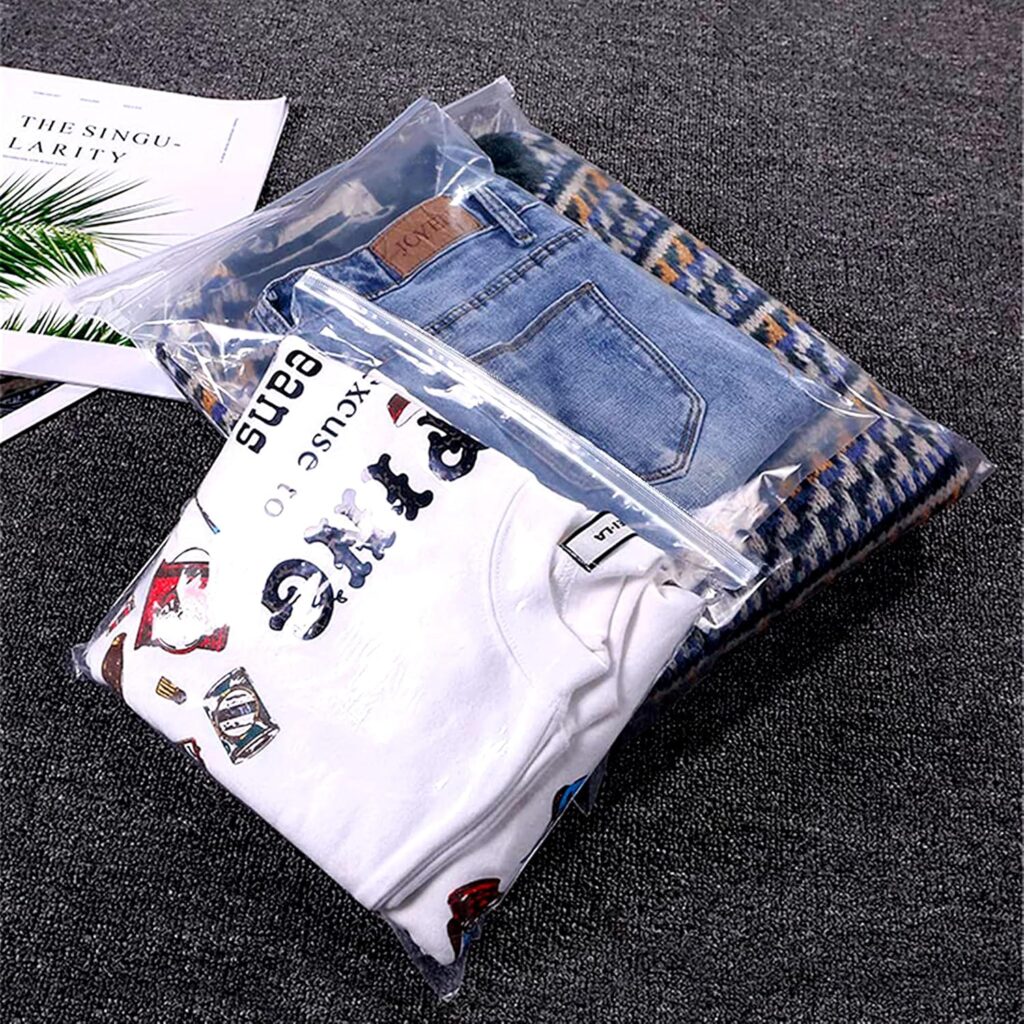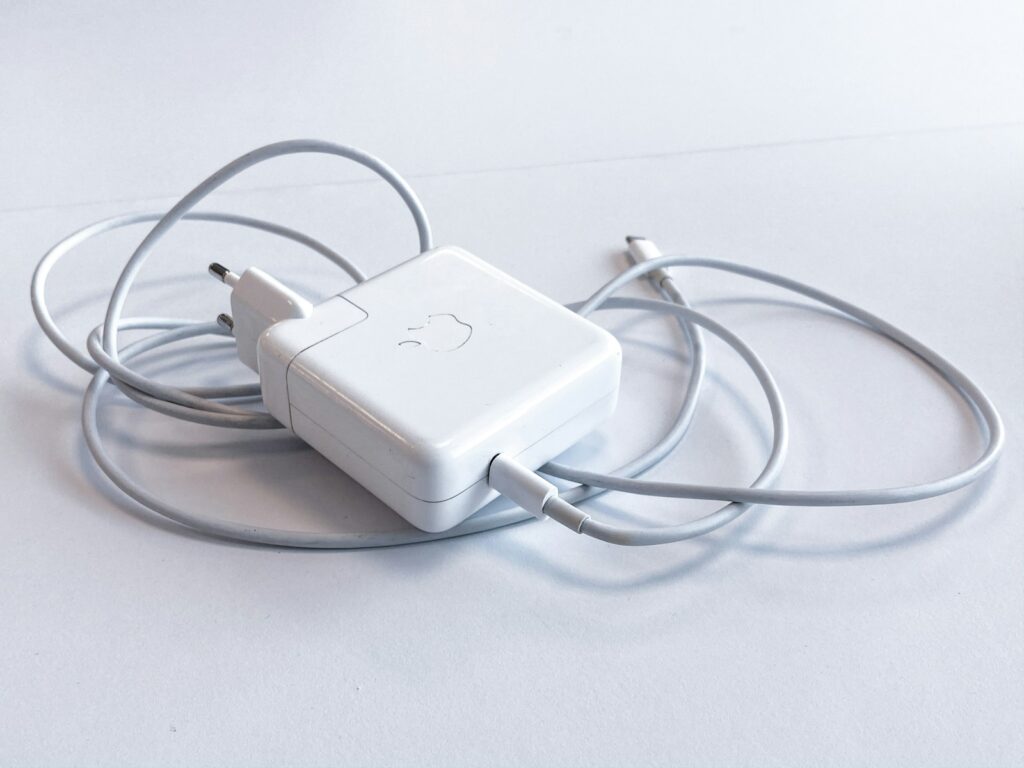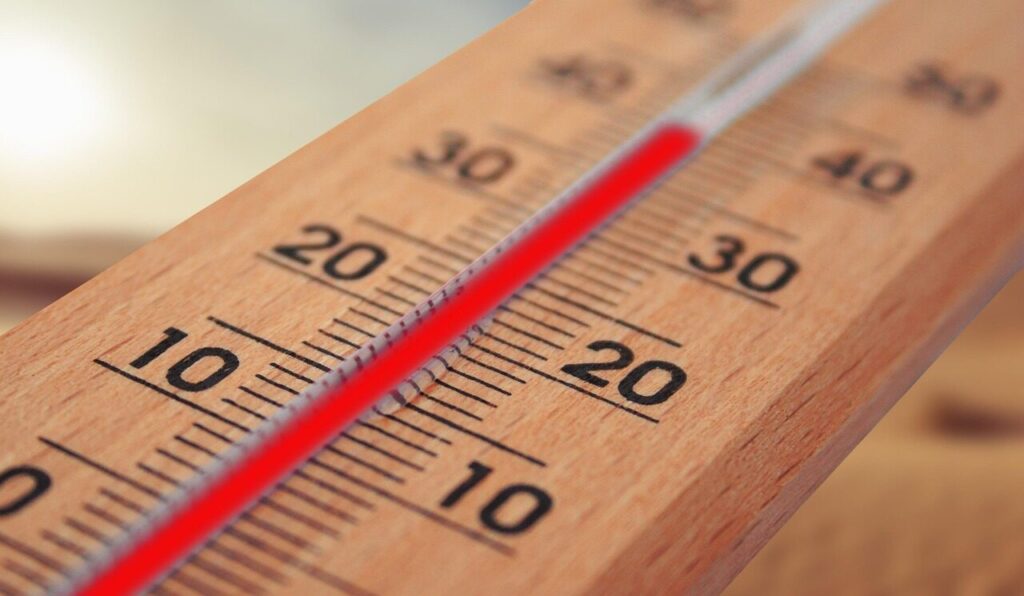Ziploc bags might seem like a traveler’s best friend: lightweight, transparent, and cheap. But while they may work for a lunchbox or short day trips, they aren’t built for the wear and tear of serious travel. Over time, their weaknesses show: leaks, tears, disorganization, and environmental waste. Smart travelers now prefer more sustainable, durable options designed specifically for travel. Here are eight reasons why Ziploc bags don’t belong in your luggage and what you should use instead for a safer, cleaner, and more efficient journey.
1. They Aren’t Designed for Long-Term Durability

Ziploc bags were originally created in the 1960s for short-term food storage, not rugged travel. Their thin plastic walls easily puncture or tear when packed tightly among shoes, chargers, or toiletries. Even a minor snag from a zipper can create a hole, leaving your items vulnerable. The seal also weakens after repeated use, meaning one trip may be all they last. Instead, use reusable silicone storage bags or compression packing cubes, both made to withstand constant handling and changes in air pressure inside suitcases.
2. They Leak Under Pressure Changes

Airplane cabins and cargo holds undergo drastic pressure changes, which often cause sealed plastic bags to expand and burst. Liquids like shampoo, lotion, or sunscreen stored in Ziploc bags can easily leak, ruining clothes and electronics. The seal isn’t airtight under stress, especially when reused. A smarter alternative is TSA-approved toiletry pouches made of waterproof TPU or PVC material with reinforced zippers. They’re built to handle altitude shifts and prevent messes without sacrificing visibility or organization.
3. They Create a Disorganized Packing System

Using multiple Ziploc bags can quickly lead to chaos inside your suitcase. They slide around, mix with clothes, and make it difficult to find essentials quickly. Unlike structured travel organizers, Ziplocs lack compartments or labeling options. This makes unpacking tedious and time-consuming. Instead, use packing cubes with mesh tops that keep categories like electronics, underwear, and toiletries separate. They stack neatly, save space, and help you locate items in seconds without rummaging through a pile of slippery plastic.
4. They Aren’t Environmentally Sustainable

Ziploc bags are made from low-density polyethylene, which is technically recyclable but rarely processed due to contamination or cost. Most end up in landfills or oceans, contributing to plastic waste that takes centuries to degrade. Frequent travelers can easily go through dozens each year. The better option is to switch to eco-friendly silicone bags or cloth pouches. These alternatives are washable, reusable for years, and align with sustainable travel habits that reduce your environmental footprint without sacrificing convenience.
5. They Offer Poor Protection for Electronics

Many travelers use Ziploc bags to store cables, chargers, or adapters, thinking they will protect them from spills. Unfortunately, thin plastic provides minimal impact resistance and no shielding from humidity or temperature changes. A single squeeze in packed luggage can damage delicate items. Instead, use padded tech organizers with elastic loops and compartments. These cases keep cords tangle-free and protect devices from compression or moisture, ensuring your electronics remain functional and easy to access on the go.
6. They Look Unprofessional During Security Checks

While airport security allows clear bags for liquids, using crumpled Ziplocs can make your luggage appear messy and unprepared. They can tear easily during inspection, forcing you to scramble to contain leaks. Many travelers now opt for clear travel toiletry bags with structured sides and sturdy zippers, which not only meet TSA standards but also present a more polished appearance. They’re reusable, easy to clean, and maintain their shape through countless trips, unlike disposable plastic bags.
7. They Don’t Handle Temperature Changes Well

Ziploc bags soften in heat and become brittle in cold environments, making them unreliable during international trips with varying climates. If left in a hot car or cold luggage hold, the plastic may warp or crack, releasing odors or causing leaks. Travelers carrying food or skincare products risk spoilage. The better alternative is insulated travel containers or double-sealed pouches that regulate temperature and maintain freshness. These options ensure your belongings survive even extreme travel conditions.
8. They Waste Money in the Long Run

Though Ziploc bags seem cheap, constant replacements add up over multiple trips. Every torn or leaky bag means more spending and more waste. By contrast, investing in durable travel accessories like silicone pouches, waterproof makeup cases, or compression sacks saves money long-term. These alternatives not only last for years but also protect valuables far better. Over time, you’ll spend less, travel lighter, and enjoy a more organized experience without constantly worrying about your bags breaking mid-journey.
Comments